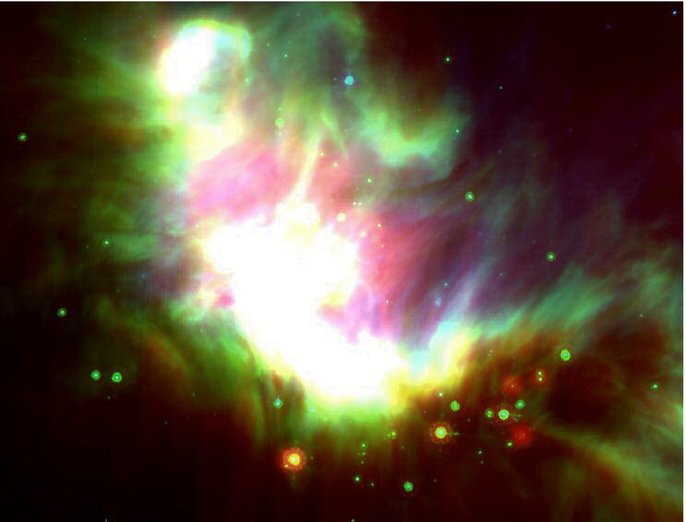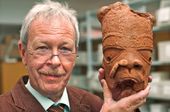
© Gemini Observatory/AURA/Henry Roe, Lowell Observatory/Emily Schaller, Insitute for Astronomy, University of Hawai'iGemini North adaptive optics image of Titan showing storm feature (bright area).
While far from a tropical rain forest, the equatorial region of Saturn's largest moon, Titan, has recently displayed tantalizing evidence that the parched, dry desert can support large-scale storms.
The research, published in the journal
Nature, announces the discovery of significant cloud formation (about three million square kilometers) within the moon's tropical zone near its equator. Prior to this event (in April 2008) it was not known whether significant cloud formation was possible in Titan's tropical regions.
This activity in Titan's tropics and mid-latitudes also seems to have triggered subsequent cloud development at the moon's south pole where it was considered improbable due to the sun's seasonal angle relative to Titan.
The evidence comes from a team of US astronomers using the Gemini North telescope and NASA's Infrared Telescope Facility (IRTF) both on Hawaii's Mauna Kea.



